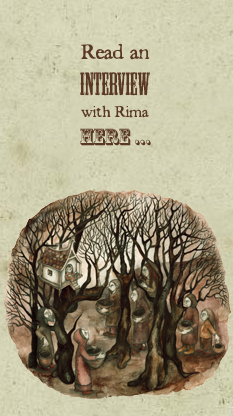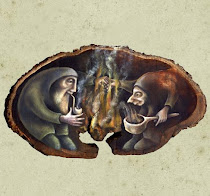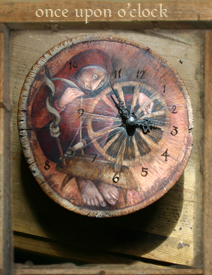 ACCORDING TO NORDIC FOLKLORE
ACCORDING TO NORDIC FOLKLORE
every farmstead has its own “Tomte” or farm gnome. The Swedish word means that he is on the “tomt” – the site of the house. The oldest Swedish literary record of the Tomte’s activity is to be found in Saint Brigitte’s revelations from the 1360s. On Olaus Magnus’ “Carta marina” from 1539 one finds the oldest Nordic picture of the Tomte, drawn as a devil cleaning out a stable. In spite of all the propaganda from the church, it was impossible to suppress the idea that the heathen Tomte in general was an asset to the house.
By nature, the Tomte is slow thinking and kind, but quick to take offence. Since it is believed that humans are living on the Tomte’s domain, it is important to remain friendly with him. He cares for the household and lands, especially in the winter, and tends and protects the animals. In return he expects a bowl of porridge on Christmas Eve. He is generally believed to be a small gnome-like creature, wearing a grey homespun tunic and a red knitted cap. Tomtes can live to be hundreds of years old, and mostly have long grey or white beards.
Tomtes also look out for animals and humans lost or injured in the forest. Originally the Swedish Tomte was active throughout the year, but today he is mostly associated with Christmas.
Illustration: drypoint etching
Thursday 27 December 2007
Tomte
Subscribe to:
Post Comments (Atom)






















































2 comments:
Wonderful! My own old house has been particularly busy with spirits these past couple of weeks of the year; perhaps some American cousins of the Tomte?
Another interesting post...thank you.
Take care,
Alison x
Post a Comment